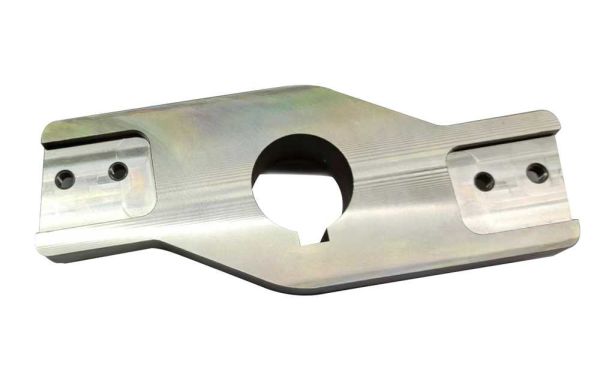What Is a Timing Belt and How Does It Work?
A timing belt is a toothed belt that connects the engine’s crankshaft to its camshaft(s). The crankshaft drives the timing belt, which in turn rotates the camshaft(s) at the correct intervals. This synchronization ensures that the intake and exhaust valves open and close at the right times, allowing proper airflow, fuel injection, and exhaust gas expulsion.
A malfunctioning or worn timing belt can disrupt this process, leading to misaligned components. This can cause significant engine damage, such as bent valves or broken pistons, resulting in costly repairs or engine failure.
Rubber timing belts are designed to withstand the high demands of engine operation. They are typically reinforced with materials like fiberglass or nylon to enhance their strength and longevity. The belt’s teeth grip gears securely, minimizing slippage and ensuring precise timing.
Why Rubber Timing Belts Are the Preferred Choice
Rubber timing belts are widely used due to their superior properties compared to other materials. Here are some key advantages:
- Flexibility: Rubber’s elasticity allows the belt to absorb vibrations and maintain its performance under continuous stress.
- Durability: Reinforced rubber belts can withstand extreme temperatures, friction, and wear, ensuring a long service life.
- Quiet Operation: Rubber timing belts operate with minimal noise, providing a smooth and quiet engine experience.
- Precision: The toothed design ensures accurate synchronization between the crankshaft and camshaft(s), optimizing engine performance.
- Cost-Effective: Rubber timing belts are more affordable to produce and replace compared to metal chains, making them a practical choice for most vehicles.
Despite their advantages, rubber timing belts require regular maintenance. Over time, they can degrade due to heat, friction, and exposure to engine fluids. Replacing the belt every 60,000 to 100,000 miles, as recommended by most manufacturers, helps prevent unexpected failures.
Choosing Reliable Rubber Timing Belt Manufacturers
The performance and longevity of a timing belt depend on its quality. Working with trusted rubber timing belt manufacturers ensures that you’re investing in a product that meets high standards for durability, precision, and reliability.
SINOCONVE is a leading manufacturer specializing in premium rubber timing belts. Designed for both automotive and industrial applications, their products are known for exceptional performance and long-lasting durability. With a commitment to quality and innovation, SINOCONVE is a trusted choice for customers worldwide.







